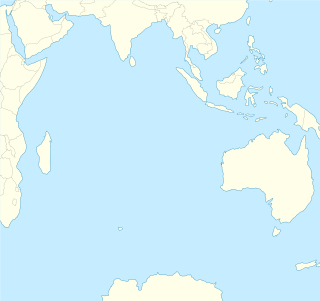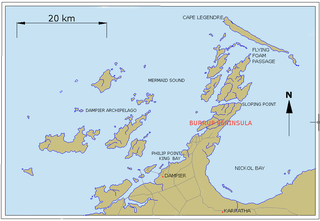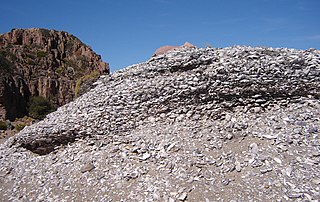The Jaburara ('Northerners') were an Indigenous Australian people who once lived about the Pilbara region of Western Australia and the Dampier Archipelago. The traditional tribe is virtually extinct, [1] though some people of Jaburara descent are still active. [2]

The Pilbara is a large, dry, thinly populated region in the north of Western Australia. It is known for its Aboriginal peoples; its ancient landscapes; the red earth; its vast mineral deposits, in particular iron ore; and as a global biodiversity hotspot for subterranean fauna.

Western Australia is a state occupying the entire western third of Australia. It is bounded by the Indian Ocean to the north and west, and the Southern Ocean to the south, the Northern Territory to the north-east, and South Australia to the south-east. Western Australia is Australia's largest state, with a total land area of 2,529,875 square kilometres, and the second-largest country subdivision in the world, surpassed only by Russia's Sakha Republic. The state has about 2.6 million inhabitants – around 11 percent of the national total – of whom the vast majority live in the south-west corner, 79 per cent of the population living in the Perth area, leaving the remainder of the state sparsely populated.

The Dampier Archipelago is a group of 42 islands near the town of Dampier in the Pilbara, Western Australia.









